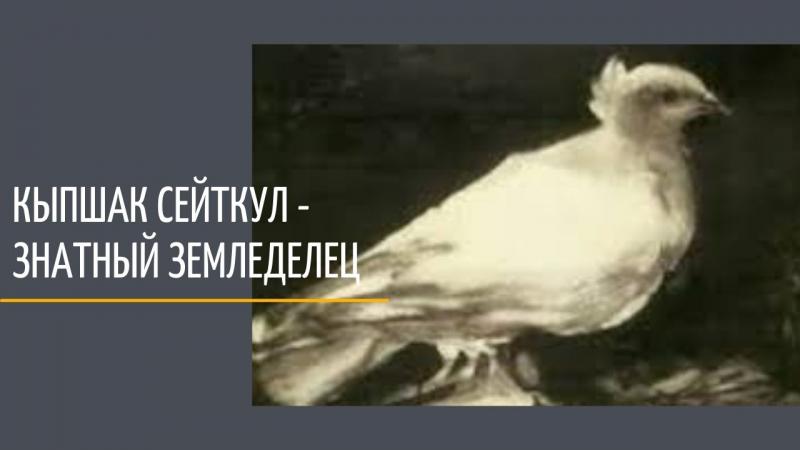
A tough call for Kypchak Seitkul.
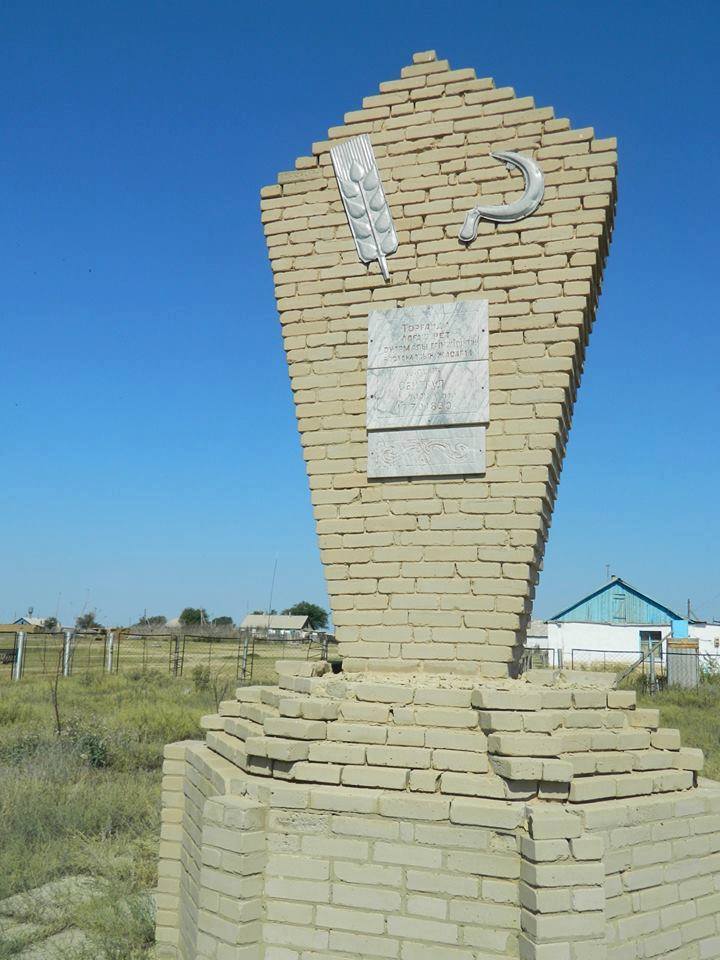
Photo by e-history.kz
Today, this monument reminds us of a man who literally changed the way his tribesmen lived several centuries ago. It is erected in the village of Kokalat, Zhangeldy district, Kostanay region. The man's name was Kypchak Seitkul. At the end of the nineteenth century, in search of a better life for the people, he went on voyages to the vast steppe. In his story "Kypchak Seitkul" Ibrai Altynsarin told how this vital decision was made: "At the time when barymta was practiced, Kypchak Seitkul lived among thirty huts of poor people. He wondered how to make them rich so that they could live like humans. They had no means to trade, but if one were to practice barymta and steal other people's cattle, one day the enemies could also take away the loot, for, as the old people say, "the head of the barymtach must, after all, stay on the road".
And after long wanderings Kipchak Seitkul stopped his choice on Turgai steppe. Perhaps by climatic conditions, not the most fertile land, but its geographical location is the best. From the south side, it is far away from the restless Central Asian cities of Urgench, Bukhara and Kokand, and from the west and east it is far away from Kalmyks and Bashkirs. This was one reason why Kipchak Seitkul chose the Turgai steppes. The second was that he saw fertile land on the bank of the river stream Turgai - Kabyrga in the Karakuga tract. However, it should be noted that he didn't make his choice right away. It took winter and spring for him to contemplate. Only in summer he made a decision to go on a journey. Thus, a caravan of poor dressed people went on the road.
Life in a new place...
After several days of travel, Kypchak Seitkul stopped in the valley of the Kabyrga River. Almost immediately a new life for people began. There was little time, they had to act. Moreover, Kypchak Seitkul chose a new occupation for himself and his people - agriculture. For this purpose, he brought with him a simple agricultural tool ketman or a hoe. He gave them to his tribesmen, and they began to work hard - began to prepare the land for sowing. In addition, he brought seeds of wheat, barley, millet, vegetables and vegetable crops bought at the markets of Central Asian cities. Thus, it is possible to say to some extent that distribution of wheat, millet, as well as corn, melon crops, onions, carrots, cucumbers, and even appricot and grapes in these areas is credited to Kypchak Seitkul. They sowed the fields with them. Using hoes, people dug ditches, so they could water their crops. At the same time, there was another work going on. Seitkul started the construction of a small town, which looked more like a fortress, as it was surrounded by a deep moat and an earth rampart of the fortress. Behind its mills, the jataka yurts were installed. They were the main productive force of Kipchak Seitkul. They took a tenth of the harvest, but everything else went to Seitkul himself. And every year, the area under crops only grew. That is why the field irrigation system was improving. Namely, the steppe farmers put cigiri next to the ditches and started watering the crops. And every year in autumn, when the harvest was done, akshamchi farmers came here. Their main goal was to buy and exchange a lot of bread for cows, sheep, horses and camels. After all, everyone knew that Turgai millet, distinguished by "special fullness and pure color of its grains", was famous far beyond the Turgai steppe. This is how the welfare of new inhabitants of the local area grew. Consequently, herds of livestock were growing. Kypchak Seitkul faced another problem, how to protect the cattle from cattle raiders and wolves. The decision was made at a general meeting of residents. It was decided to build a high wall of turf on the river bank, and the cattle were guarded by armed men. Thus, the Steppe learned about Kypchak Seitkul as a man who was able to unite people of all kinds around him and gave them reliable protection. He is also known among the people as a remarkable spokesman. He is well-known for such sayings as "If you sow bread, you will not know troubles", "If you live along the river, you will not know hunger", which have long become folk proverbs. Kypchak Seitkul died in the 1830s. And centuries later, in these regions, chosen by our hero, people continue to cultivate the land and follow the covenants of Kypchak Seitkul.







































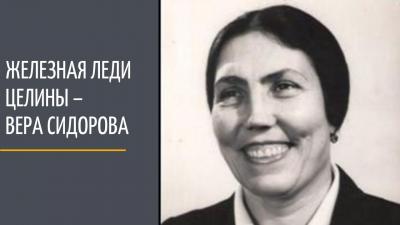
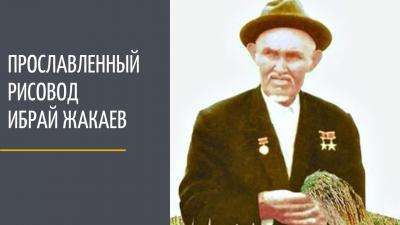
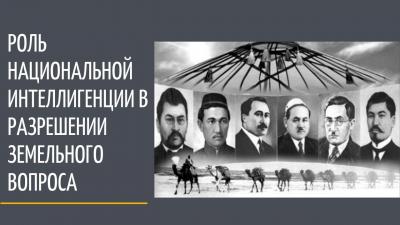
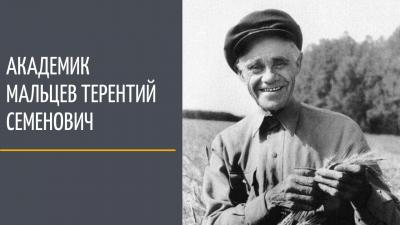
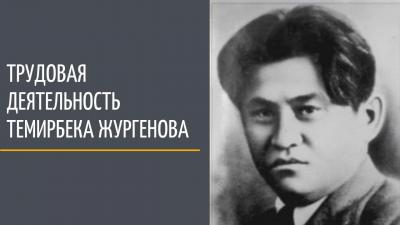

Обсуждение